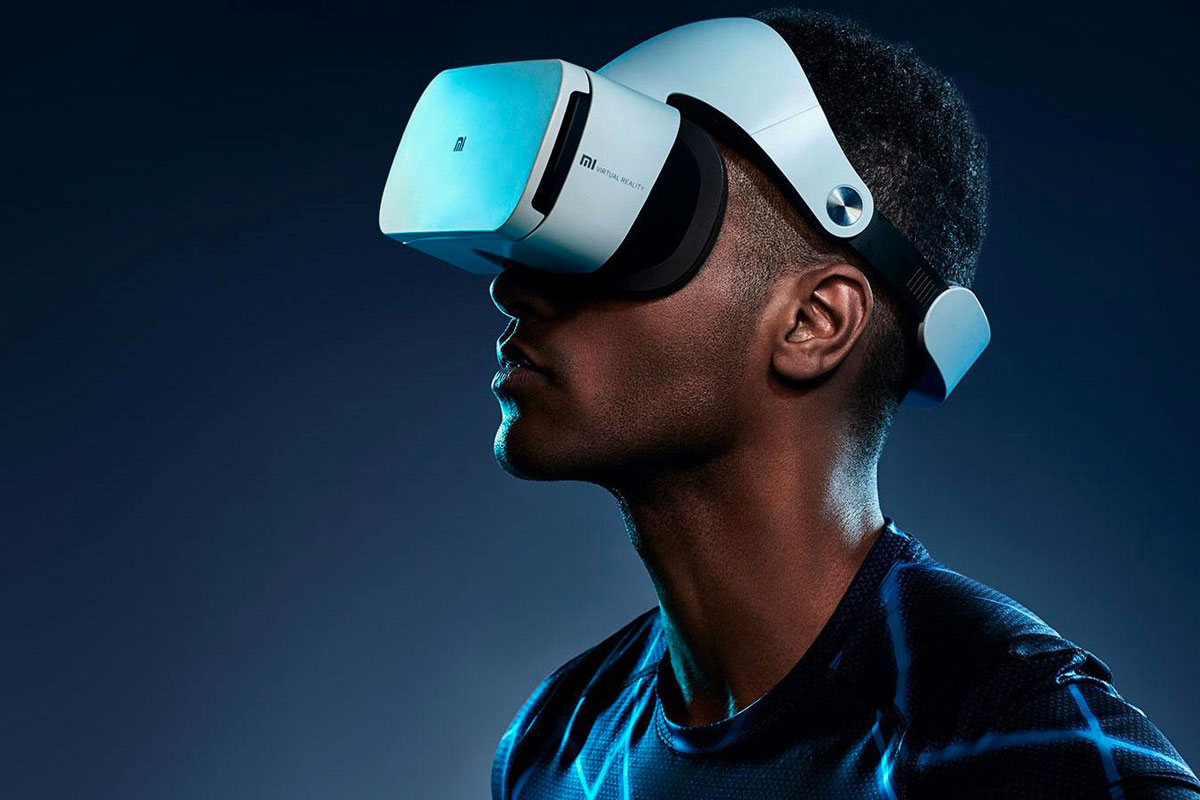The majority of business and workforces have been hit hard by the COVID-19 coronavirus outbreak. The global pandemic has shut many places down and forced thousands out jobs. But those who have been able to keep their jobs, have had to adapt to working in new ways, most likely from home.
Everyday work-life still requires colleagues to interact with one another, but instead of making several phone calls, they have resorted to using collaboration software such as Zoom – which has seemingly come out of nowhere to become the video conferencing software of choice.
But what will happen once the virus disappears and we’re all allowed to go back outside and resume normal life again? The University of South Australia’s Australian Research Centre for Interactive and Virtual Environments (IVE) believes we’ll soon see a huge uptake in both virtual and augmented reality applications.
If there’s one thing this pandemic has taught us, it’s that thousands of workers can in fact work from home, even if it was said, or believed, that they couldn’t. But if we continue to work from home following the outbreak, our need for software will only increase.
To this, Professor Bruce Thomas says, “Necessity is the mother of invention, and the current pandemic situation is going to push users and developers of remote collaboration technologies to find out what works and what doesn’t, and what solutions really need to be delivered.”
“Higher uptake and demand usually lead to a technology being scrutinised and refined, so I expect we’ll see some real innovation in this area over the coming months.”
Of course, there are other benefits to working from home besides keeping people apart to help minimise the spread of a virus. Fewer people travelling to work means fewer carbon emissions.
The University of South Australia’s IVE unit has a team, led by Professor Mark Billinghurst, which is “working on a system that allows a remote expert to guide an individual through a complex task at another location through a combination of AR and 360-degree video,” says Prof. Thomas.
Think expert pilot guiding a complete amateur to land a plane, without being in the cockpit with them.
He continues,
“This will allow highly skilled experts in fields such as medicine, engineering and maintenance to apply their knowledge in multiple locations without having to travel there physically.”
As for the corporate workers and those in offices, boardroom meetings are commonplace. Prof. Thomas believes these can be replaced by technology, too. His team of researchers are currently looking at solutions that would allow large teams of people to share the same virtual space via VR (virtual reality). Not only would all participants be able to view the same presentation, for example, but put across their own emotions and gestures, just as they would if they were in a physical room.
“The back-end capability for this sort of thing is already in place,”
“The challenge is the front end, the interface – how do you share the experience in a meaningful way. How do you have people interact in a lifelike fashion?”
The IVE research teams are currently having to work from home themselves, so they’re getting real-world experience at the same time as carrying out their work.
“I think initially we’ll stick with the existing, established communication methods while getting used to the situation, but as we become accustomed, we can start to trial some of the more experimental systems we are working on.”
